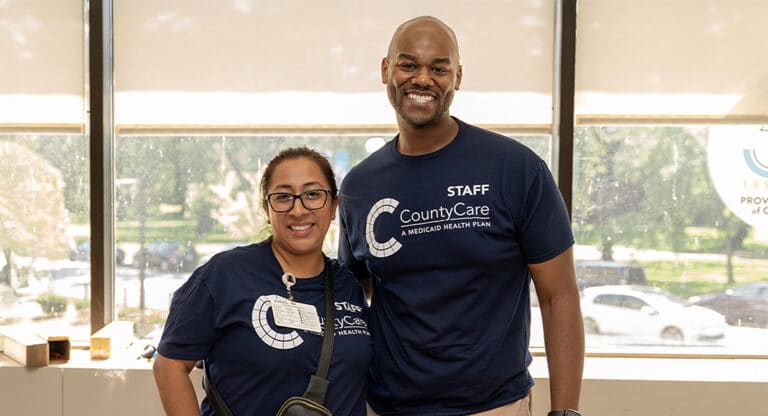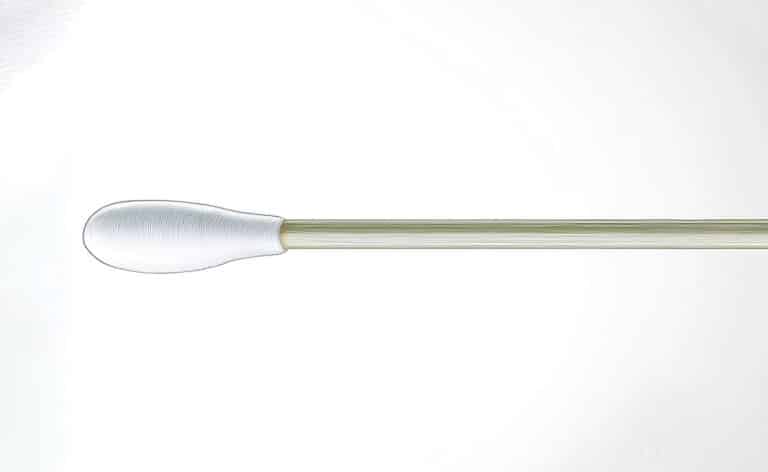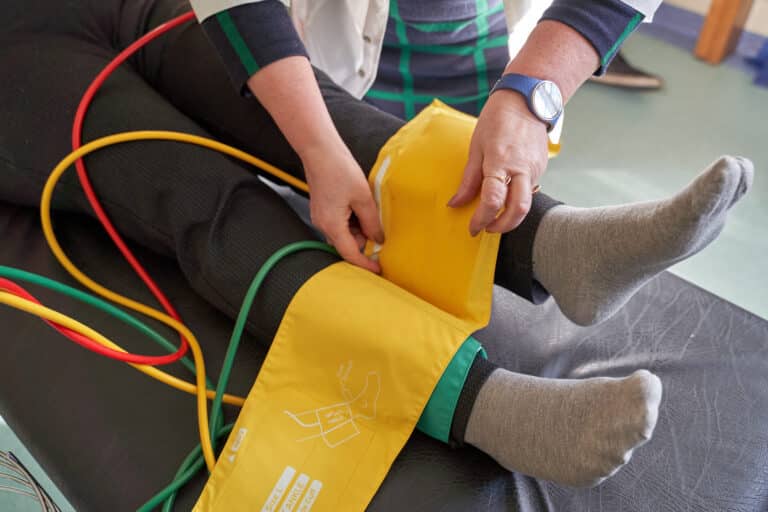Protecting women athletes from unique injury risks
Fact checked by Derick Wilder
Title IX, signed into federal law in 1972, guaranteed women equal opportunities in sports. But leveling the playing field has revealed important ways in which female athletes differ from their male counterparts.
Female athletes are more at risk for certain injuries, says Mary Mulcahey, MD, an orthopedic sports medicine specialist at Loyola Medicine. Mulcahey directs Loyola’s multidisciplinary Women’s Sports Medicine Program, established in 2024 to address those differences and their implications.
Balancing nutrition and energy
Monica Rho, MD, a sports medicine physician and section chief of musculoskeletal medicine at Shirley Ryan AbilityLab, says female athletes must balance energy input with the output their sport requires. A mismatch between the two can affect hormone levels and trigger the female athlete triad: irregular or absent menstrual cycles, low energy availability, and decreased bone mineral density.
The metabolic state of the female athlete triad puts female athletes at risk for bone stress injuries, irregular hormonal fluctuations, and unhealthy weight loss, Rho says. Symptoms vary, and athletes may not experience all of them.
Rho also serves as the lead physician for the U.S. national women’s soccer team, which won the gold medal in the 2024 Paris Olympics. “It’s especially important for young girls to be aware of matching their energy intake to their expenditure because all women have a limited window where they build up their bone density,” she says. “Once they reach their 30s, it’s hard to lay down more bone, and they start losing it. This is what eventually leads to osteopenia and osteoporosis.”
Haemi Choi, MD, an orthopedic sports medicine specialist at Loyola Medicine, says female athletes need a balanced diet that includes all three macronutrients — carbohydrates, protein, and fat — tailored to their specific energy demands.
• Carbohydrates (whole-grain bread or pasta, for example) provide the primary energy source, especially for high-intensity training and endurance sports.
• Proteins (chicken, fish, quinoa, and soy) are essential for building and repairing muscle.
• Fats (avocados, sunflower seeds, and olive oil) provide concentrated energy and are essential for maintaining hormone health.
Nutritional needs vary by sport, training intensity, body composition, and age. Across the board, hydration is key. Water is the best choice, Choi says, but energy drinks or electrolyte water can help replenish lost sodium during exercise.
Pauline Camacho, MD, an endocrinologist at Loyola Medicine, says when she sees female athletes with sports-related injuries such as stress fractures, she often tests for nutritional deficiencies — particularly vitamin D and calcium, which are crucial for bone health.
Preventing injuries and raising awareness
Mulcahey says that estrogen fluctuations during the menstrual cycle can increase the risk of anterior cruciate ligament (ACL) tears. At certain times in the cycle, the ACL loosens. “ACL tears are two to eight times more common in female than male athletes,” she says.
Sports that require high-speed maneuvers, sudden stops, pivoting, jumping, and landing — such as basketball, soccer, and volleyball — carry the highest risk. Structural differences also play a role. “Because women’s legs angle inward, more stress is placed on the knees,” Mulcahey says.
To help mitigate risk, the Fédération Internationale de Football Association (FIFA), soccer’s global governing body, developed a widely accepted exercise program to strengthen muscles, improve balance, and teach proper landing and cutting techniques.
Timea Rojnik, a women’s soccer player at Lewis University in Romeoville, Illinois, learned firsthand how devastating an ACL injury can be. “I planted my foot wrong on poor turf, and I knew right away I had injured my ACL because I felt a pop,” Rojnik says. “I had to endure an eight-hour bus ride back.”
After reconstructive surgery, Mulcahey and the Loyola team guided her through targeted exercises to protect her knees and restore strength. She spent eight months training at least five times a week before returning to her team for preseason and continuing her studies in sports management.
“I wish I had known about the preventive exercises before my injury,” she says.
That’s precisely the type of awareness Loyola’s program seeks to promote. “One of our primary goals is to educate athletes, parents, coaches, and everybody involved with caring for the athletes so we can prevent injuries,” Mulcahey says.
Originally published in the Fall 2025/Winter 2026 print issue.

Nancy Maes, who studied and worked in France for 10 years, writes about health, cultural events, food and the healing power of the arts.













